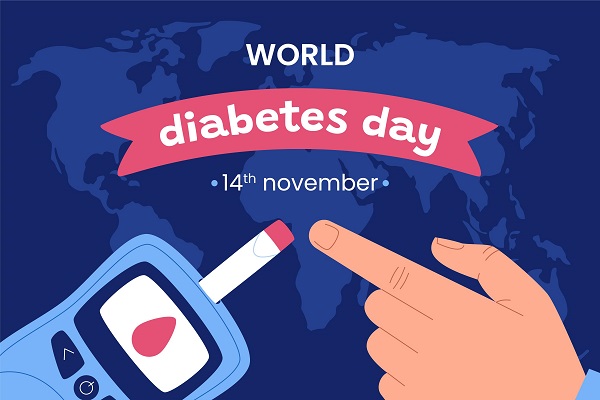Contributed by: Healthians Team
Introduction
Size is of significant importance when it comes to your red blood cells. Healthy red blood cells are roughly about the same size.
Having red blood cells that are vastly different sizes from each other (high variation) may be a sign of anaemia, a blood disorder in which the body does not have enough healthy red blood cells to deliver adequate oxygen to all the organs.
This blog explores the RDW test and interprets the results in various ranges.
What is the Red Cell Distribution Width (RDW) test?
An RDW blood test is a standard component of a routine complete blood count test. The RDW value tells you whether there is any variation in red blood cell size or red blood cell volume.
It is used along with other red blood cell indices, especially mean corpuscular volume (MCV), to help determine the causes of anaemia.
What does the RDW blood test measure?
The word ‘width’ in red cell distribution width may seem to be a confusing term.
For those who aren’t in the medical profession, it’s easy to assume that the test pertains to the width of your red blood cells.
However, this isn’t the case. Instead, an RDW blood test measures the difference in size and shape between the smallest and largest red blood cells among a representative sample.
Cell distribution width refers to the distance between red blood cell sizes.
Cells of similar size are clustered close together and the RDW result will be low.
Cells of varied sizes will show a wider distribution of values and the RDW will be high.
When would the RDW blood test be needed?
An RDW can be a beneficial number to help your doctor diagnose if you have any blood-related disorders and diseases.
Symptoms of anaemia
Your healthcare provider may suggest an RDW blood to get an idea if anaemia is causing your symptoms, which commonly include:
- Fatigue
- Shortness of breath
- Feeling cold
- Feeling dizzy
- Pale or dry skin
- Headache
Conditions linked to anaemia
An RDW blood test, along with other RBC indices, may be used to indicate the specific type of anaemia that you have and what’s causing anaemia. Conditions have links to anaemia include:
- Cancer
- Cardiovascular disease
- Kidney disease
- Liver disease
- Thalassemia
- Chronic illnesses (Crohn’s disease, diabetes and HIV)
- Nutritional deficiencies (iron, vitamin B12, folate)
What do the RDW blood test results mean?
RDW test results let your healthcare provider know if the levels of your RDW are within the normal range or if they vary in size and volume.
Normal RDW
A normal result maintains a standard size of 6 to 8 micrometres in diameter, and it means that your red blood cells are all uniform in size and shape.
High RDW
An elevated level of RDW indicates that there’s variation in the size of your red blood cells beyond the normal threshold. It may be a sign of anaemia or a related condition.
Low RDW
A low RDW isn’t usually a cause for concern and is normal and desirable.
Final thoughts
In recent years, many clinical studies have proved that the RDW parameter is a strong predictor of your health.
It provides a major prognostic marker to determine several points about your health, from your chances of developing an iron deficiency to acute and chronic heart failure (HF).
However, it is important to remember that no matter what the RDW numbers indicate, further evaluations and tests are always necessary to help determine potential health disorders and how they should be treated.
Therefore, it’s vital to keep your blood iron levels in the optimum range to avoid the onset of anaemia and related complications. The best way to achieve this is to take all-natural Ayurvedic supplements which possess nearly no side effects.




